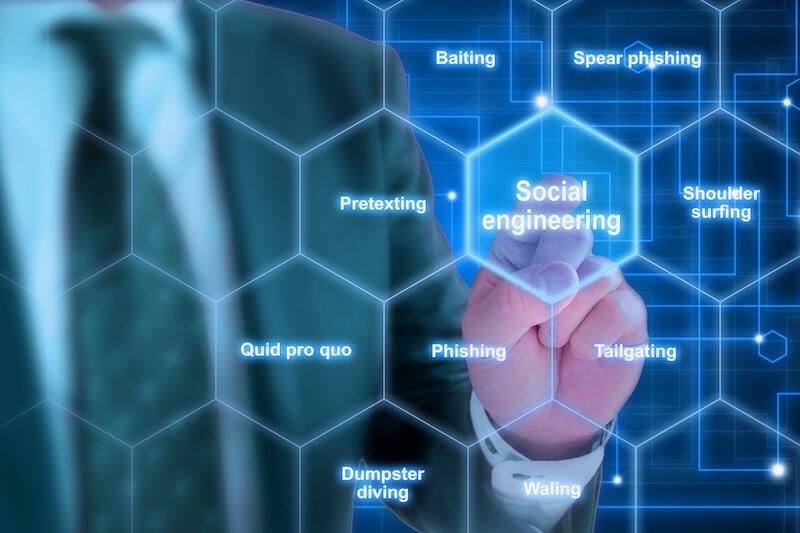You’ve seen them everywhere, from restaurant tables to billboards. But the question remains: How safe are they really? First, let’s break down what a QR code is. QR stands for Quick Response, and these codes are designed to be scanned with a smartphone camera. They direct you to a website, payment portal, or even an app download. It’s a tool for instant access to digital resources.
While QR codes are very convenient, they’re not without their risks. Cybercriminals can tamper with physical QR codes or create their own to lead you to harmful websites. These sites can trick you into downloading malware, giving away personal information, or falling for a phishing scam.
To illustrate, let’s discuss a few real-life incidents we have heard. In one case, scammers replaced a restaurant’s QR code with their own, leading customers to a phishing site designed to steal credit card information. In another, QR codes on public posters directed people to download a seemingly harmless app that was actually malware.
But don’t worry, there are ways to protect yourself.



